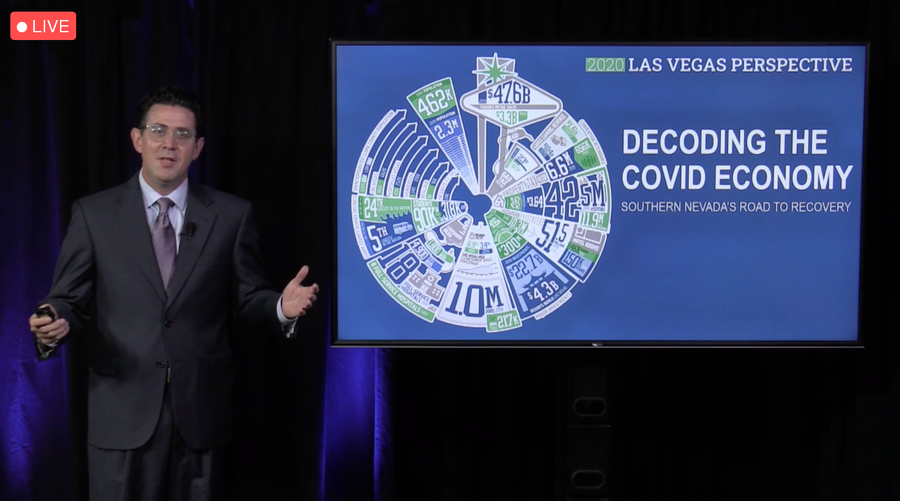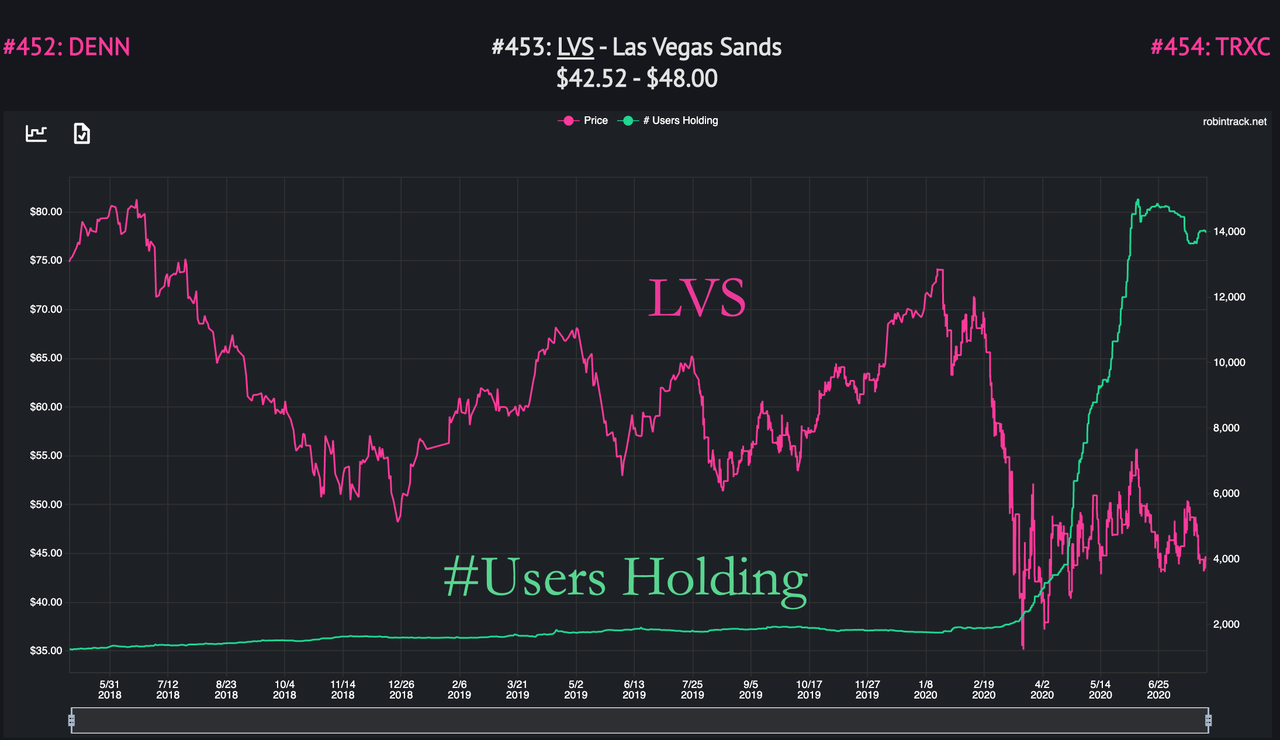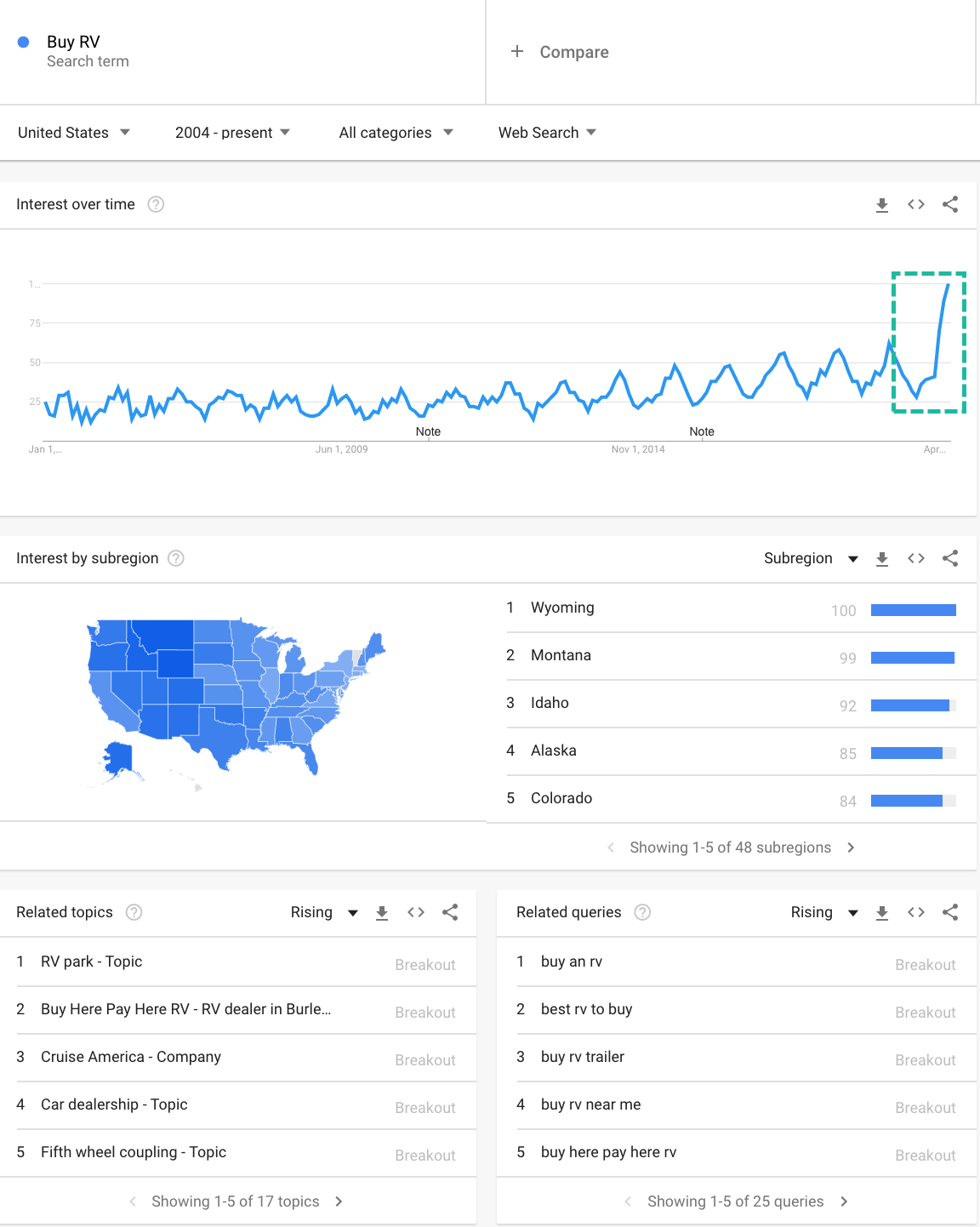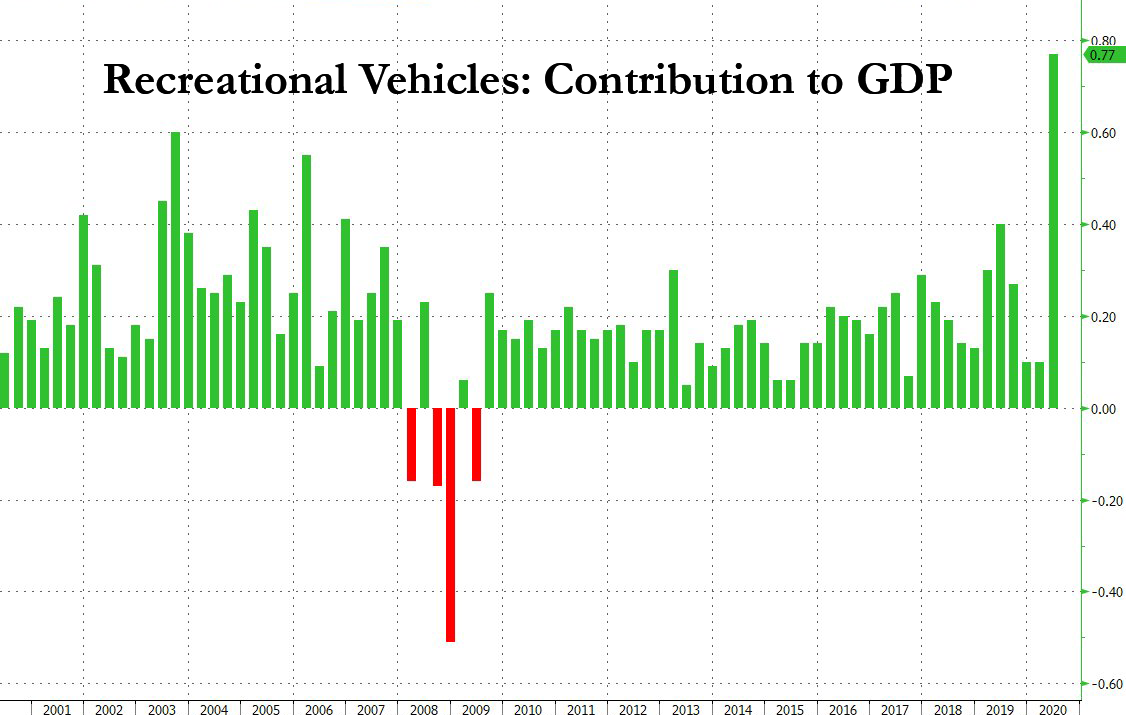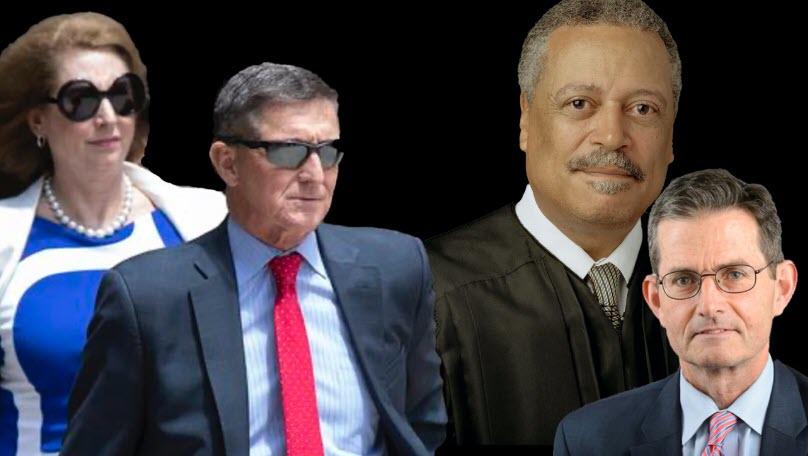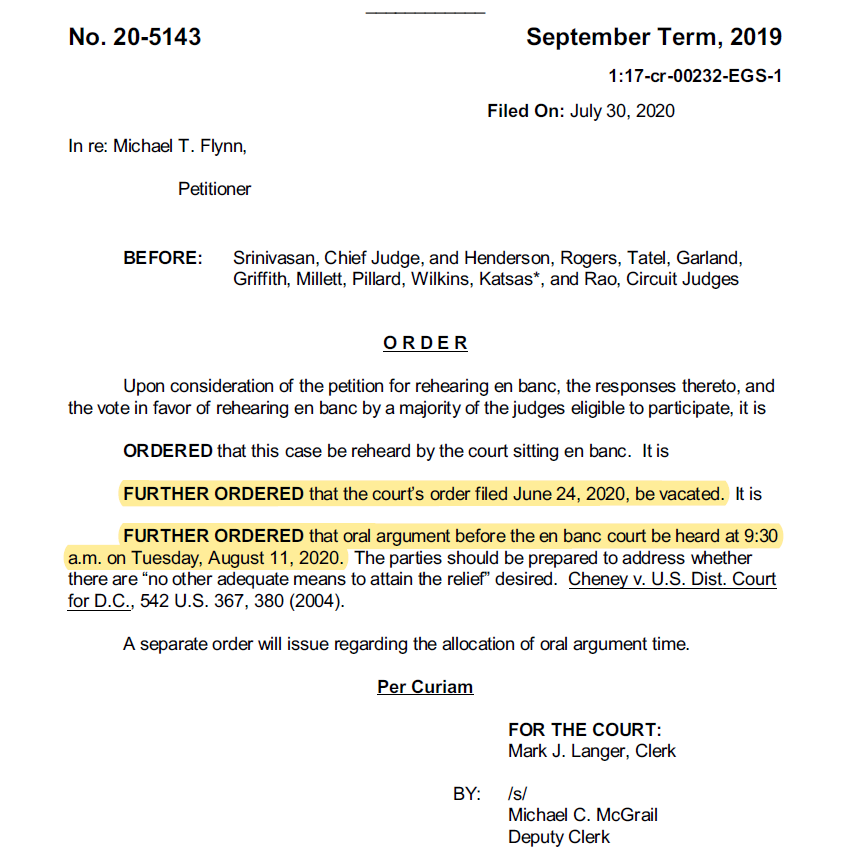My predictions for Part IV were wrong. Indeed, Part IV is a bit of a dud. I feel a letdown. Joan Biskupic’s final installment merely provides some additional details about the Tax Return cases. Part III documented Justice Kavanaugh’s failed efforts to persuade the Court to dodge Mazars on the political question doctrine. Part IV explains how Roberts, the triumphant Chief Justice, held the Court together on Mazars and Vance. There isn’t much new here.
Let’s break it down.
Trump v. Mazars
The final vote in Mazars v. Trump was 7-2. The majority opinion was not very helpful. It put forward a mushy four-factor test that will be very hard to apply in practice. Justice Thomas wrote a forceful solo dissent. Justice Alito did not join the Thomas dissent; he wrote his own, short dissent.
Joan Biskupic explains that after conference, there was a “possible six-justice majority.” That majority was in flux.
In the House dispute, the justices began with a possible six-justice majority to throw out a lower court decision that had declared Congress has broad authority to investigate and issue subpoenas for the Trump financial documents as part of its legislative mission.
But it is not clear to me who those six members were. Biskupic provides some insights into this process:
But justices across the ideological spectrum raised concerns as they established their legal reasoning about the appropriate balance between congressional and presidential interests. Liberal justices were worried about encroaching on Congress’ ability to carry out its oversight responsibilities and discouraging any cooperation between executive and legislative officials. Conservatives, meanwhile, wanted to guarantee that any congressional requests for executive documents would be limited and thoroughly justified.
Consider one scenario. Alito and Thomas were always in dissent. And Kavanaugh or Gorsuch were originally with the dissenters. Roberts then had to work peel one of them off by watering down his opinion, but not so much that he lost the liberals. Was it Gorsuch or Kavanaugh? Kavanaugh a former White House lawyer, would be extra sensitive to the risks of presidential subpoena. But he is particularly concerned about how closely he is linked to President Trump. Gorsuch, a strong adherent of executive power, would be troubled by Congress’s subpoena. Under this first scenario, I’m not sure which Trump appointee was the sixth vote.
Consider a second scenario. The original five-member majority was cross-ideological: Roberts, Breyer, Alito, Kagan, Kavanaugh, and Gorsuch. Five of those six members worked in the Executive Branch. And the sixth (Breyer), likes to make government work better. This sextet would have adopted a far more stringent test, that made it tough for Congress to subpoena the President. And the case ended with a remand, to let the district court consider the new test. With that lineup, Justice Thomas dissented, arguing that presidential subpoenas are prohibited in all circumstances. Ginsburg and Sotomayor dissented, and would have held that the subpoenas were valid. Roberts was not happy with a six-member majority. He didn’t want liberal dissenters. So Roberts tried to bring Ginsburg and Sotomayor on board, by watering down the test. And in doing so, he lost Alito. But Alito still was not prepared to join Thomas’s dissent. So late in the game, he wrote his own, short three-page dissent that didn’t really say much. Indeed, the Alito dissent may reflect the position of the original six-member majority. In effect, Roberts traded Alito for Ginsburg and Sotomayor. (Unclear if any draft picks for law clerks were involved in the swap.)
I am partial to the second scenario. When I first read Mazars, I was confused by Alito’s short dissent. And I was surprised there was no separate writing from Ginsburg and Sotomayor. This account explains how the Court fractured.
If I am right, Roberts was quite transparent that the precise reasoning did not matter as much as the final vote count. Biskupic’s account reflects this process:
But the vote among the justices was close, and the narrow margin did not satisfy Roberts—or his colleagues. They wanted a coalition of liberal and conservative justices—as much ideological unity as possible—for the decisions regarding presidential power, four sources with knowledge of the internal deliberations told CNN. It would take nearly two months to produce the two 7-2 rulings.
She added:
As Roberts began drafting a compromise, according to sources, he initiated conversations with justices on both sides, toward the strongest majorities possible. At the start of internal debate over the House case, according to sources, it had not been evident that all four liberals would join his opinion and who among Roberts’ usual brethren on the right would help him strike a bargain.
He wanted what Biskupic called the “strongest majorities possible.” By “strongest,” he doesn’t mean the “strongest” legal reasoning. He meant the most votes. Seven votes is better than six votes, reasoning be damned.
Biskupic writes:
In the consolidated House cases, Roberts similarly minimized differences. He conferred with liberals to satisfy their concerns about congressional power, according to sources. They shared the chief’s desire to send a message to the public that they were not hewing to predictable ideologies. Six other justices signed on and no one chose to write a separate statement, as often happens in fractious cases. Regardless of where they had started, seven justices landed on the same page.
Finally, Biskupic offers fawning praise of Roberts’s “masterstroke”:
Together, the final decisions represented a masterstroke of mutual interests that in these polarized times avoided a direct clash with Trump.
Of course, Roberts was channeling Brown v. Board of Education. Chief Justice Warren managed to cajole his colleagues into a unanimous decision. Of course, the unanimous decision didn’t say much at all. Nor did Vance. There is a price for unanimity. Efforts to resolve this conflict narrowly have created far more conflicts for the future. Myopia at its worst.
Trump v. Vance
Biskupic relays that after oral arguments in Vance, the vote was 5-4 to affirm the Second Circuit. That is, Chief Justice Roberts voted with the four liberals. Justices Thomas, Alito, Gorsuch, and Kavanaugh were in dissent.
In their private teleconference after the May arguments, sources told CNN, the justices were still dividing sharply, offering competing legal rationales and struggling with how far they wanted to go to shield the President or force him to produce materials.
As they first discussed the New York case, CNN has learned, the justices split 5-4 to affirm a lower court judgment against Trump and his lawyers’ assertion of immunity. Roberts, a 2005 appointee of President George W. Bush, and the four liberals were on one side, against the other four conservative justices.
But the vote in Vance would switch. Biskupic writes that Gorsuch and Kavanaugh “signed on to Roberts’ bottom-line judgment.”
Kavanaugh and Gorsuch signed on to Roberts’ bottom-line judgment against Trump’s contention of immunity in the Trump v. Vance case but offered a separate opinion explaining that they would, however, require a heightened standard for prosecutors asserting they need to subpoena private papers from a president.
This characterization hides the ball. All nine Justices rejected the claim of absolute immunity. There was nothing special about the fact that Gorsuch and Kavanaugh signed onto this judgment. What mattered is that they concurred with Roberts’s decision to remand for further proceedings–and that point is the only ground in which Gorsuch and Kavanaugh concurred in judgment. Alito and Thomas would have dismissed the case outright. I wrote in NRO that the Gorsuch/Kavanaugh concurrence was barely a concurrence.
How did the two Trump appointees vote? Superficially, the vote was 7–2. But that count is misleading. Gorsuch and Kavanaugh refused to join the chief’s analysis, which substantially weakened the president’s prerogatives. They are tacked onto the five-member majority only because they agreed to send the case back to the lower court rather than dismiss it outright. But on the merits, Gorsuch and Kavanaugh were much closer to the dissenters than to the majority.
It was really a dissent as to the merits. But don’t dare call it a dissent! The vote had to be 7-2, and not 5-4.
One more note on Vance. Biskupic offers this description of how the Chief wrote about the Burr case.
Roberts, who before turning to law at Harvard considered earning a Ph.D. in history, plainly delighted in the opportunity to recall the Burr episode.
Roberts “plainly delighted.” Does this mean she has information that cannot be attributed. Or is she using a source who didn’t want to be named. In Part III, she wrote that Kavanaugh “plainly struggled with the tone to take in dissent.” I think “plainly” is one of Biskupic’s code-word for unsourced information. You can figure out Biskupic’s “tells” of how she uses anonymous sources.
This President v. The Presidency
A common thread in all Trump litigation has been the debate of this President (Trump) v. the presidency (not Trump). Chief Justice Roberts addressed this dynamic in Trump v. Hawaii:
Plaintiffs argue that this President’s words strike at fundamental standards of respect and tolerance, in violation of our constitutional tradition. But the issue before us is not whether to denounce the statements. It is instead the significance of those statements in reviewing a Presidential directive, neutral on its face, addressing a matter within the core of executive responsibility. In doing so, we must consider not only the statements of a particular President, but also the authority of the Presidency itself.
This is a very Robert-esque line. And this theme is repeated several points in Biskupic’s story.
The justices could not purge Trump from their thinking, the sources told CNN, but they were aware that these disputes were not just about him. During their deliberations, CNN has learned, the justices struggled to balance the interests of the executive branch and those of Congress, and criminal prosecutors, seeking records—from any president.
Today, the case is about a Democrats challenging a Republican President. Tomorrow, Republicans will challenge a Democratic-President:
Further, the justices understood that the politics of the current document ordeal could be flipped in a matter of years, even months: A Democratic president could be trying to fight off a GOP-controlled House or state prosecutors.
And the leaker insisted that personal views did not affect the deliberations.
And no matter how much a court majority worked to break free of their views of Trump, some inclinations were heard in the three hours of teleconference arguments, broadcast live to the public.
Of course not.
Nixon v. U.S. and Clinton v. Jones were unanimous
In my NRO essay essay, I speculated that the unanimous decisions in Nixon v. U.S. and Clinton v. Jones loomed in the background. Republican Justices voted against a Republican President, and Democratic Justices voted against a Democratic President.
I wrote:
On the other hand, in this case too, Gorsuch and Kavanaugh likely could not be seen as voting in favor of the president who appointed them — especially after their contentious confirmations. They needed to stand in the same shoes as the Nixon appointees who ruled against President Nixon four decades ago. Indeed, during his confirmation hearing, Kavanaugh praised Chief Justice Warren Burger, “who had been appointed by President Nixon” and “brought the Court together in a unanimous decision.” At the time, Kavanaugh knew that he could be called on to decide the validity of a subpoena against President Trump — whether it came from Robert Mueller, the House of Representatives, or a state prosecutor. There were no surprises.
Biskupic explains that the legacy of these unanimous decisions did affect the deliberations.
In the Trump subpoena cases, the justices had a particular reason to sweat a narrow vote. In such moments involving presidential privileges, the Supreme Court had in the past set aside ideological and political differences and produced unanimous rulings.
In 1974, the court required President Richard Nixon to turn over Watergate tapes. In 1997, the court’s action led to President Bill Clinton’s testimony in Paula Jones’ sexual harassment civil lawsuit and, through separate US House proceedings, his eventual impeachment. Roberts and his colleagues were clear-eyed about the fact that both cases were decided unanimously against each president. And they recognized that the judiciary in recent months had been in the crosshairs of partisans on both sides, sources told CNN.
But unanimous decisions were impossible. So Roberts did whatever he had to do to expand a six-member majority into a seven-member majority. Real leadership, huh.
Kavanaugh and Gorsuch declare their independence from Trump
My NRO essay on Wednesday was titled, “Gorsuch and Kavanaugh Stake Out Their Independence from Trump.” Biskupic describes Gorsuch and Kavanaugh’s votes in the same terms.
As Trump appointees, Kavanaugh and Justice Neil Gorsuch were traversing their own issues in the disputes over the President’s tax and financial records. They ended up fully joining Roberts and the liberals in the House case—perhaps offering a message of independence from the two “Trump judges” and reinforcing Roberts’ message of nonpartisanship.
“Message of independence.” Nailed it. Who needs leaks?
Possible Vacancies
At several junctures, Biskupic alludes to the fact that there may be vacancies on the Court:
The possibility of a third Supreme Court appointee was also in the air as the annual session was winding down. Some Trump supporters spoke openly about the prospect of an imminent resignation, speculating about conservatives Clarence Thomas, 72, or Samuel Alito, 70, leaving and perhaps enhancing Trump’s reelection bid.
“In the air.” What does that mean? Is Biskupic merely referring to idle rumors? Or does she have a source? I never put much weight on those rumors. If either planned to retire, they would have announced their plans months earlier like Souter and Stevens did. They would not, like Kennedy, wait till the end of the term to announce.
Biskupic does reveal that Ginsburg only told some of her colleagues about her cancer treatment:
Attention on the health of 87-year-old Ruth Bader Ginsburg suddenly was heightened, too, as a gallbladder condition and possible infection landed her in the hospital. Only some of her colleagues were aware at the time that she also had begun chemotherapy in May for liver cancer, sources told CNN. Ginsburg did not make the news public until July 17.
That reveal is huge. RBG is keeping essential information from the majority of the Court.
The Looming Election
Biskupic attributes to sources that the Justices were aware of the looming election:
Looming over it all, according to sources, was the awareness that the presidential election could have direct consequences for the court itself. So could the coronavirus and other health threats. Six of the nine justices are 65 or older.
She added:
The justices lost the usual sense of relief when decisions were over in early July, sources told CNN, because the court faced immediate emergency petitions related to imposition of the federal death penalty, new state ballot controversies and more religious objections to state pandemic restrictions. The justices anticipated continued controversies related to the election year, sources said.
Concluding the series
Biskupic wraps up her series with some tidbits of how the Justices worked under the COVID crisis.
The nine justices usually close out their annual term with a festive party and games organized by law clerks and with tickets to far-flung vacation spots. (In the past, the games have included a “Jeopardy!”-like trivia contest, with clerks divided up into teams.) But there was none of that this July, as the coronavirus pandemic had already forced them into nine isolated locales and crimped travel plans. The circumstances of Covid-19 had added to the difficulties of the historic session. They had not been able to walk the marble halls and drop in on one another’s chambers to converse informally on cases. They’d had to introduce concerns, instead, in their stiffer teleconference meetings. And there seemed only uncertainty ahead.
I will have much more to say about these leaks in due course.

from Latest – Reason.com https://ift.tt/3glAhOI
via IFTTT
